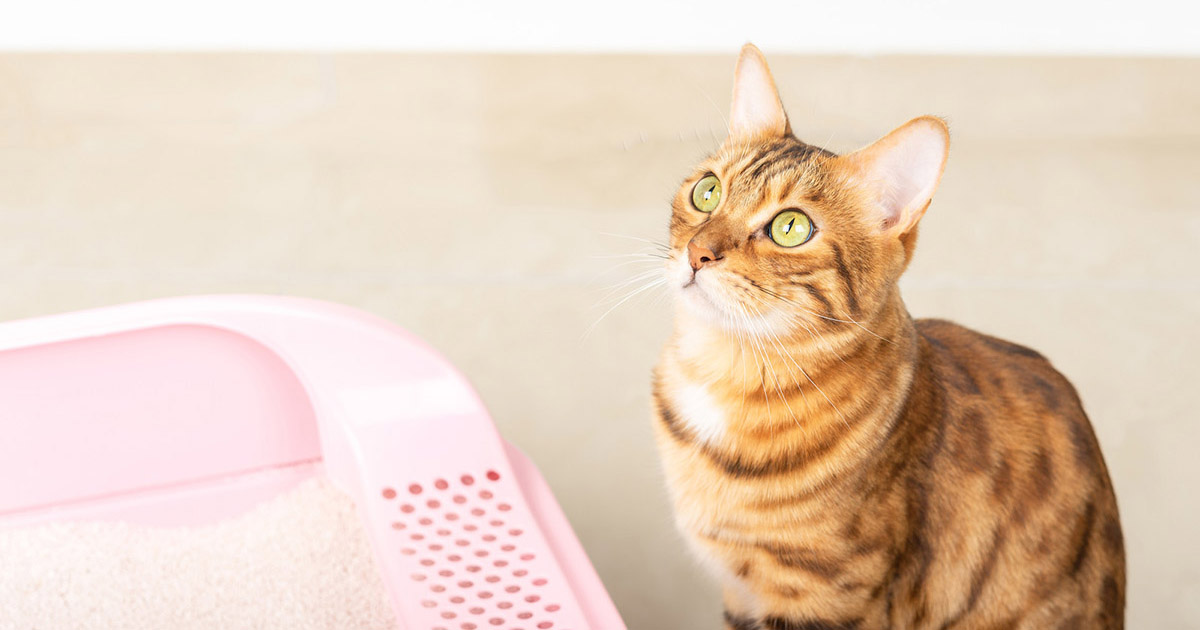Just about every person will have their unique rationale when it comes to How to Dispose of Cat Poop and Litter Without Plastic Bags.

Introduction
As pet cat owners, it's vital to be mindful of just how we deal with our feline close friends' waste. While it might appear hassle-free to flush pet cat poop down the commode, this technique can have destructive effects for both the setting and human health and wellness.
Environmental Impact
Flushing pet cat poop introduces unsafe pathogens and bloodsuckers right into the supply of water, posturing a significant danger to marine communities. These pollutants can adversely impact aquatic life and concession water quality.
Health and wellness Risks
Along with environmental issues, purging pet cat waste can also position health and wellness threats to people. Feline feces might contain Toxoplasma gondii, a parasite that can trigger toxoplasmosis-- a possibly extreme illness, particularly for expecting ladies and people with damaged immune systems.
Alternatives to Flushing
Luckily, there are more secure and more responsible ways to get rid of pet cat poop. Take into consideration the following alternatives:
1. Scoop and Dispose in Trash
The most typical approach of getting rid of pet cat poop is to scoop it into a naturally degradable bag and throw it in the trash. Make sure to utilize a specialized trash inside story and dispose of the waste quickly.
2. Usage Biodegradable Litter
Opt for biodegradable cat litter made from materials such as corn or wheat. These litters are environmentally friendly and can be safely dealt with in the trash.
3. Hide in the Yard
If you have a backyard, take into consideration burying feline waste in a marked location away from vegetable yards and water resources. Make sure to dig deep sufficient to prevent contamination of groundwater.
4. Mount a Pet Waste Disposal System
Buy a pet dog garbage disposal system specifically created for pet cat waste. These systems utilize enzymes to break down the waste, minimizing smell and environmental impact.
Verdict
Liable pet dog possession expands past providing food and shelter-- it likewise includes appropriate waste monitoring. By avoiding purging pet cat poop down the toilet and opting for different disposal approaches, we can minimize our environmental footprint and protect human health.
Why Can’t I Flush Cat Poop?
It Spreads a Parasite
Cats are frequently infected with a parasite called toxoplasma gondii. The parasite causes an infection called toxoplasmosis. It is usually harmless to cats. The parasite only uses cat poop as a host for its eggs. Otherwise, the cat’s immune system usually keeps the infection at low enough levels to maintain its own health. But it does not stop the develop of eggs. These eggs are tiny and surprisingly tough. They may survive for a year before they begin to grow. But that’s the problem.
Our wastewater system is not designed to deal with toxoplasmosis eggs. Instead, most eggs will flush from your toilet into sewers and wastewater management plants. After the sewage is treated for many other harmful things in it, it is typically released into local rivers, lakes, or oceans. Here, the toxoplasmosis eggs can find new hosts, including starfish, crabs, otters, and many other wildlife. For many, this is a significant risk to their health. Toxoplasmosis can also end up infecting water sources that are important for agriculture, which means our deer, pigs, and sheep can get infected too.
Is There Risk to Humans?
There can be a risk to human life from flushing cat poop down the toilet. If you do so, the parasites from your cat’s poop can end up in shellfish, game animals, or livestock. If this meat is then served raw or undercooked, the people who eat it can get sick.
In fact, according to the CDC, 40 million people in the United States are infected with toxoplasma gondii. They get it from exposure to infected seafood, or from some kind of cat poop contamination, like drinking from a stream that is contaminated or touching anything that has come into contact with cat poop. That includes just cleaning a cat litter box.
Most people who get infected with these parasites will not develop any symptoms. However, for pregnant women or for those with compromised immune systems, the parasite can cause severe health problems.
How to Handle Cat Poop
The best way to handle cat poop is actually to clean the box more often. The eggs that the parasite sheds will not become active until one to five days after the cat poops. That means that if you clean daily, you’re much less likely to come into direct contact with infectious eggs.
That said, always dispose of cat poop in the garbage and not down the toilet. Wash your hands before and after you clean the litter box, and bring the bag of poop right outside to your garbage bins.
https://trenchlesssolutionsusa.com/why-cant-i-flush-cat-poop/

As a devoted reader on Can You Flush Cat Poop Down The Toilet?, I figured sharing that piece of content was essential. Do you know about anybody else who is in the market for the subject? Feel free to promote it. Thanks for your time. Please visit our website back soon.
Click Here
Comments on “Avoid Flush Cat Poop Down Your Toilet - Safeguard Your Pipes Infrastructure”